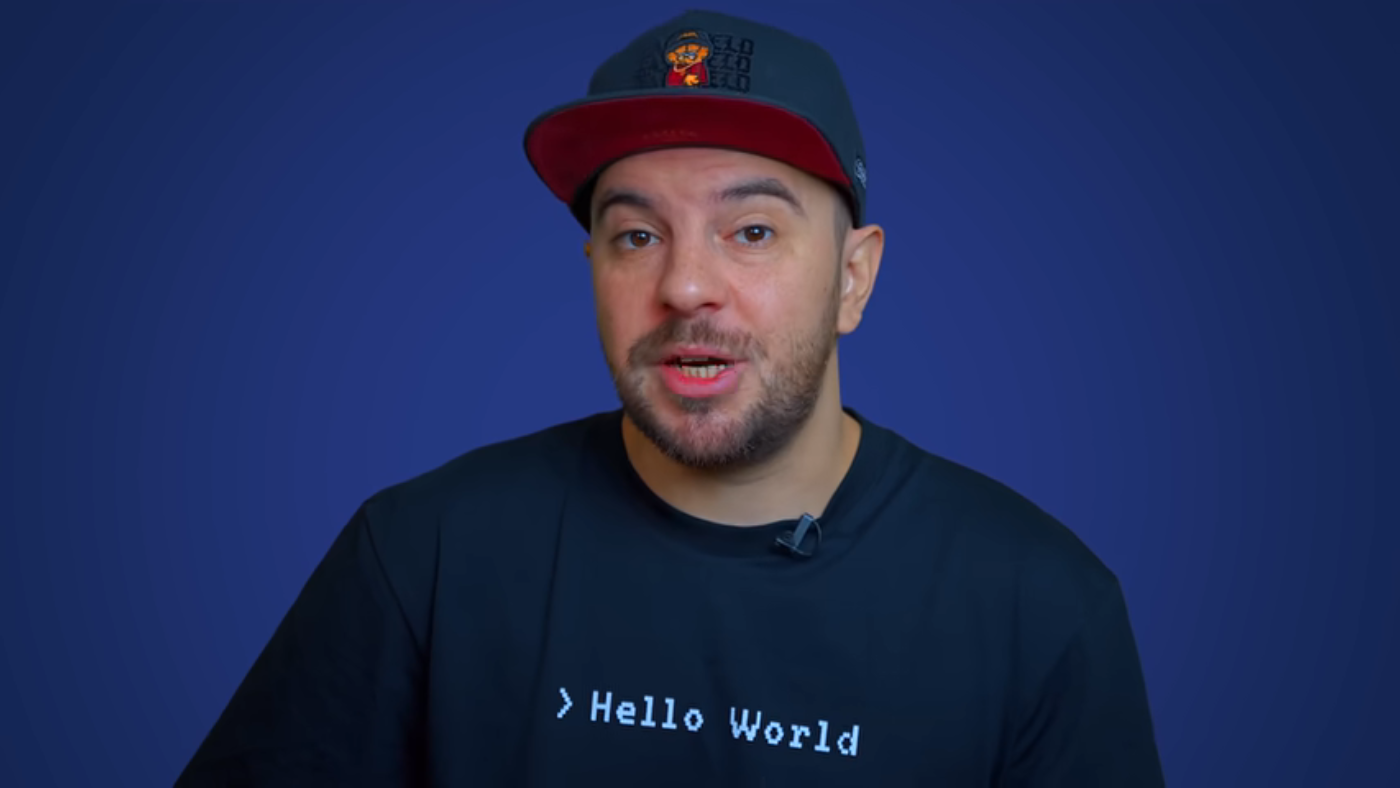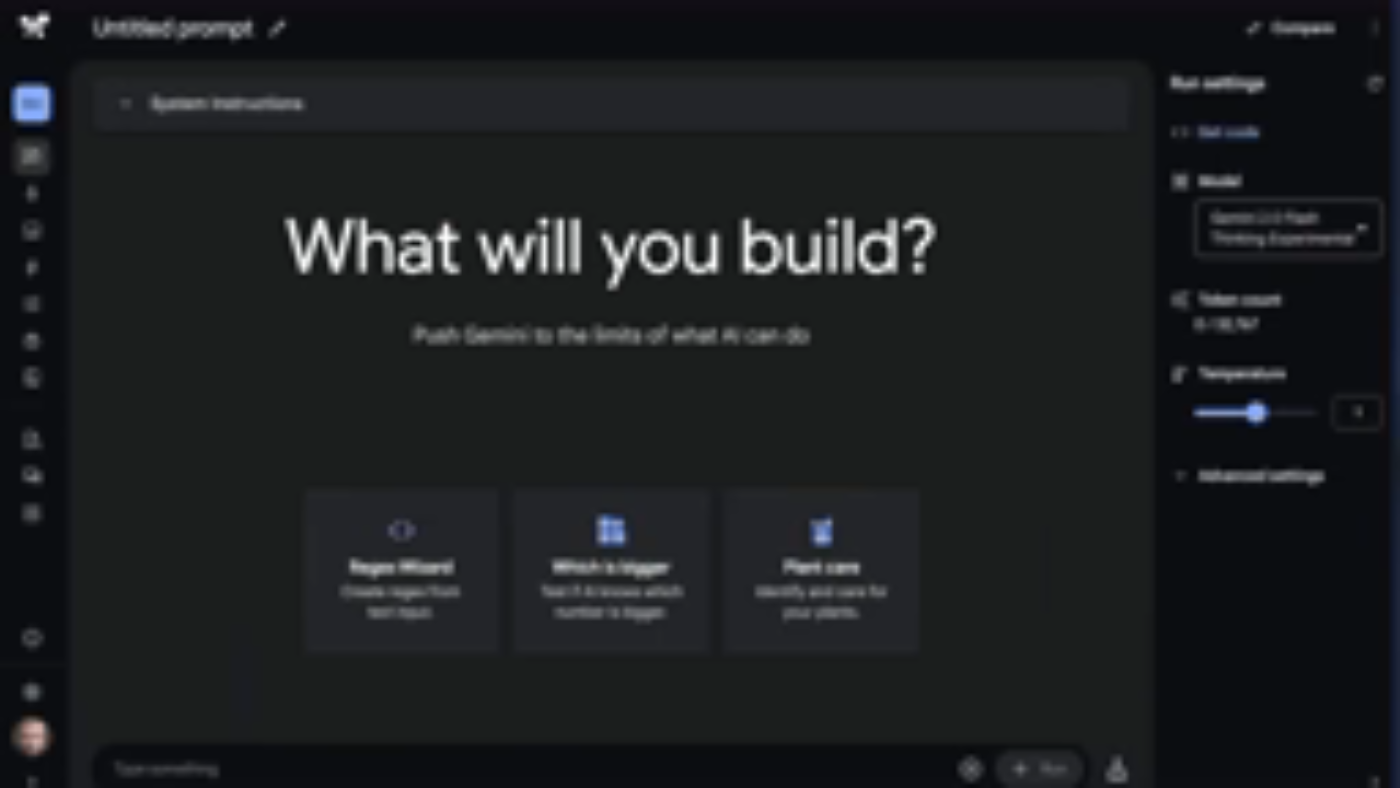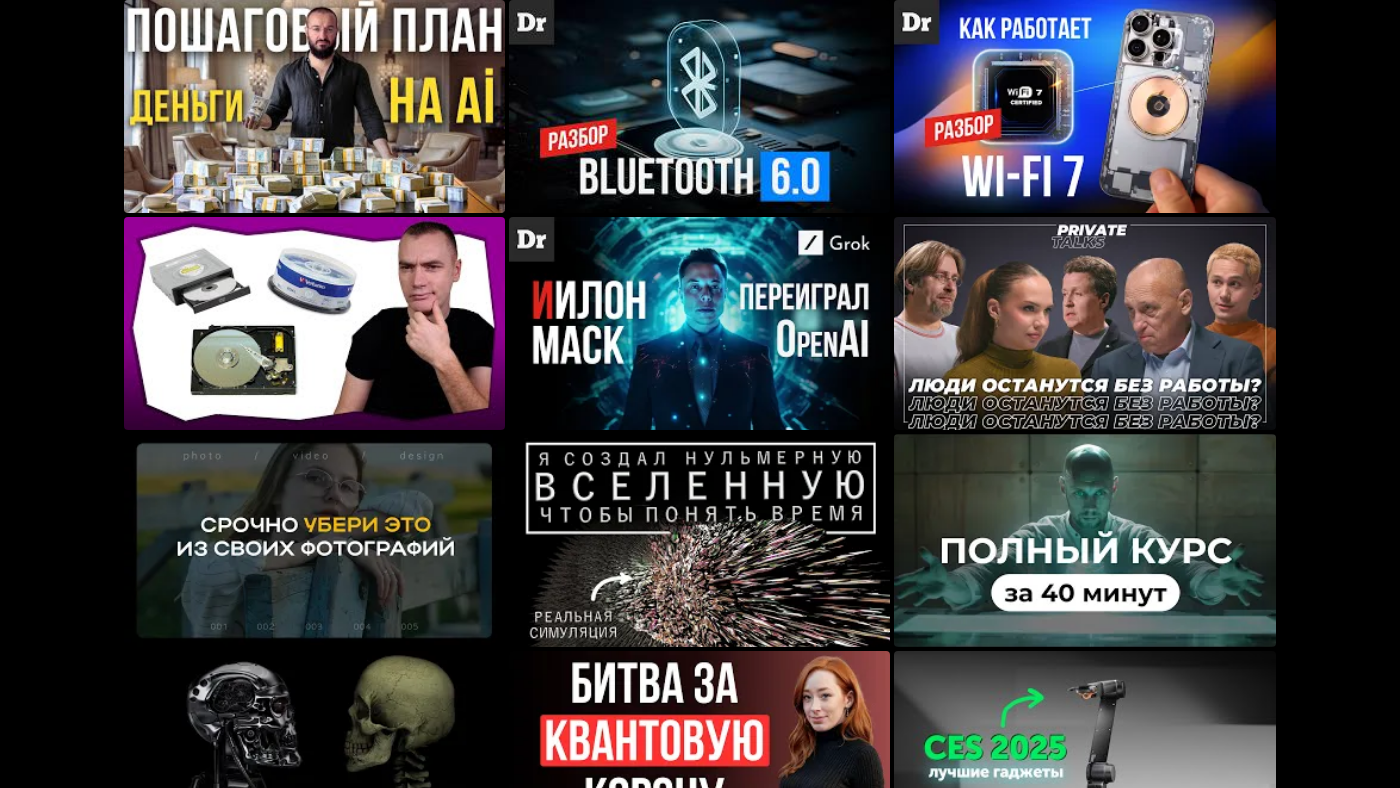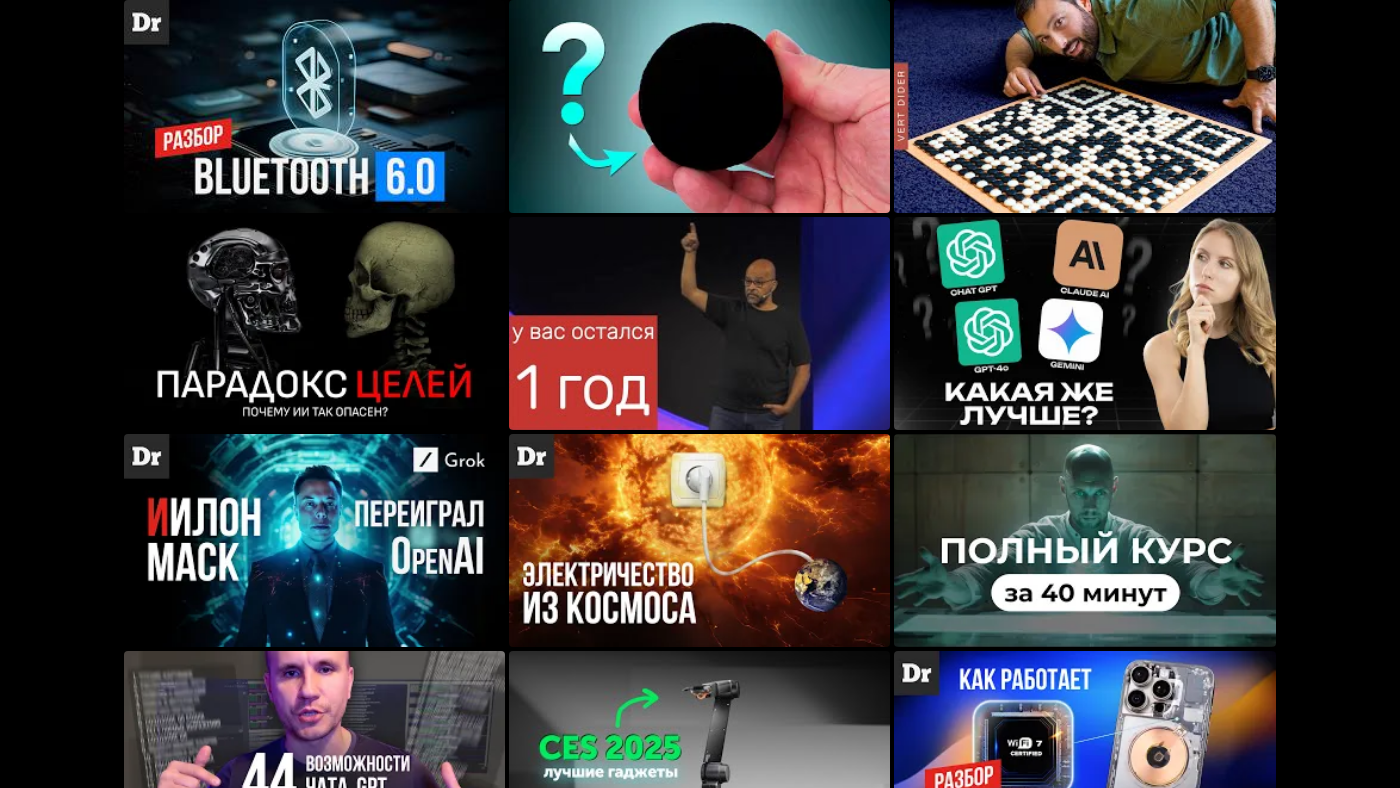Introduction to Gemini 2.0 and the Future of Artificial Intelligence
Imagine an assistant that doesn't just answer your requests but actually understands the context of what's happening and can create images, voice them with its own voice, and what if it can control your browser, helping with real tasks or even write code, fixing errors in GitHub and imagine.
Google introduced Gemini 2.0, the company's most powerful model to date, a complete rethinking of how artificial intelligence can interact with the real world. The potential of Gemini 2.0 is revealed in a whole ecosystem of projects, each of which solves specific problems and has the potential to truly revolutionize the way we interact with technology.
 Introduction to Gemini 2.0 and its capabilities
Introduction to Gemini 2.0 and its capabilities
Gemini 2.0 and Its Capabilities
Gemini 2.0 is a significant improvement over its predecessor, with a more agent-based approach that allows it to understand the world around it and act in it. The model has achieved impressive results in the field of code generation, including a 92.93% score in a mathematical problem and 89.7% in a competitive-level test. Gemini 2.0 can also work with Google Search, Lens, and Maps, and its integration with these tools enables it to provide more practical help in the real world.
 Gemini 2.0's capabilities and achievements
Gemini 2.0's capabilities and achievements
Project Astra and Project Mariner
Project Astra can support context conversations up to 10 minutes in a single session and remember previous conversations for better personalization. Project Mariner, on the other hand, is Google's first attempt to create an agent that can understand and interact with the web interface like a human. The agent can analyze web pages, understand the structure of forms and content, and perform real tasks that require understanding the context and sequence of actions.
 Introduction to Project Astra and Project Mariner
Introduction to Project Astra and Project Mariner
Jules and IGLU
Jules is a new language model introduced by Google, while IGLU is a framework for generating interactive stories. IGLU allows users to create interactive stories with visuals, sounds, and music, and can be used to create educational content, entertainment, and even therapeutic tools.
 Introduction to Jules and IGLU
Introduction to Jules and IGLU
TPU Trillium and Veo 2
TPU Trillium is a new tensor processing unit developed by Google, designed to accelerate machine learning workloads. Veo 2 is a video editing tool that uses AI to help users create professional-looking videos. Veo 2 can automatically edit videos, add music, and even create personalized videos for special occasions.
 Introduction to TPU Trillium and Veo 2
Introduction to TPU Trillium and Veo 2
Imagine 3 and ImageFX
Imagine 3 is a new image generation model that can create realistic images and videos. ImageFX is a tool that allows users to edit images using AI. Imagine 3 can create images with the correct distribution of elements and competent work with perspective, color rendition, and detailing.
 Introduction to Imagine 3 and ImageFX
Introduction to Imagine 3 and ImageFX
Conclusion
The future of artificial intelligence is exciting, with technologies like Gemini 2.0, Project Astra, Project Mariner, Jules, IGLU, TPU Trillium, Veo 2, and Imagine 3 pushing the boundaries of what is possible. As these technologies continue to develop, we can expect to see significant improvements in areas like code generation, image and video creation, and natural language processing.

